ARVIND VOHRA, 44, loves telling stories in his warm, throaty voice. We are discussing what the Chinese think of doing business in India, and Vohra has just the right story. “We recently had some visitors from our head office in Shenzhen,” he says, mellowing a notch. “After a couple of days, they said, ‘Arvind, we want to work with you. We like it better here than in China.’”
Ordinarily, that would be an ego boost for an outfit that is barely 18 months old and employs all of 63 people. But for Vohra, managing director of leading Chinese mobile-phone maker Gionee’s (founded in 2002) India operations, it was a double-edged compliment: He is after all fast friends of 15 years with Gionee’s president William Lu Weibing.
The two first met while working for the Chinese electronics company Konka in Delhi, and got along famously. Lu eventually moved back to China, but they took great pains to nurture the friendship, flying down to share meals when either was in the other’s country. It was Vohra who convinced Gionee to take the plunge in India. “At that time, the company was making $10 million a month (Rs 61.6 crore at current rates) as an original device manufacturer (ODM) for Indian companies,” he says. “I told them they should stop building others’ brands and focus on their own.”

Vohra’s first move was to launch a marketing blitz expected to cost Rs 300 crore by the next fiscal, attacking the poor quality perception of Chinese products. He also shed the “cheap” tag by gradually pushing the prices of his phones 10% above local competitors’. In a more daring bet, he shunned the discount-driven craze for online retail.
There’s a different story that he likes telling to describe the organisation he is trying to build. He once gave a blank letterhead with his signature to an executive who was hesitant to take some strong decisions. “I told him he could write whatever he wanted and put the blame on me if things went wrong.”
People working closely with him credit the open, startup-like culture for the fact that Gionee India has lost only one employee so far. Vohra himself believes that the mobile business is highly entrepreneurial and needs to empower people to make gut-based decisions, while admitting that this culture shocks his Chinese visitors who are used to things being far more uptight. (The Chinese expression for it is “Jun jun, chen chen, fu fu, zi zi”: There is harmony when the king is king, and the minister is minister; when the father is father, and the son is son.) He doesn’t explicitly say so, but it’s also the reason some of them don’t want to go back.
So far, Shenzhen isn’t complaining: Gionee India is on target to hit sales of Rs 3,000 crore by the end of this fiscal, giving it a 4% share of the Indian mobile-phone market (estimated at 63.21 million units as of the second quarter of 2014 by market intelligence firm IDC), and making it the company’s most important play outside China. (It is also present in Vietnam, the Philippines, and Nigeria; Fortune India could not independently verify the financials.) Remember, this is a market where barring the top three (Samsung, Micromax, and Nokia), all others have single-digit share. “People said I’d be finished working with an unknown Chinese company. Now, I feel the new guys [rival Chinese mobile-phone companies Oppo and Xiaomi, which entered India this year] should pay me royalty for showing the way,” Vohra says, only half in jest. Vohra is trying to rewrite two canons: One, the more obvious, is about cheap Chinese labels. The other is more subtle, and has to do with the Chinese “way”.
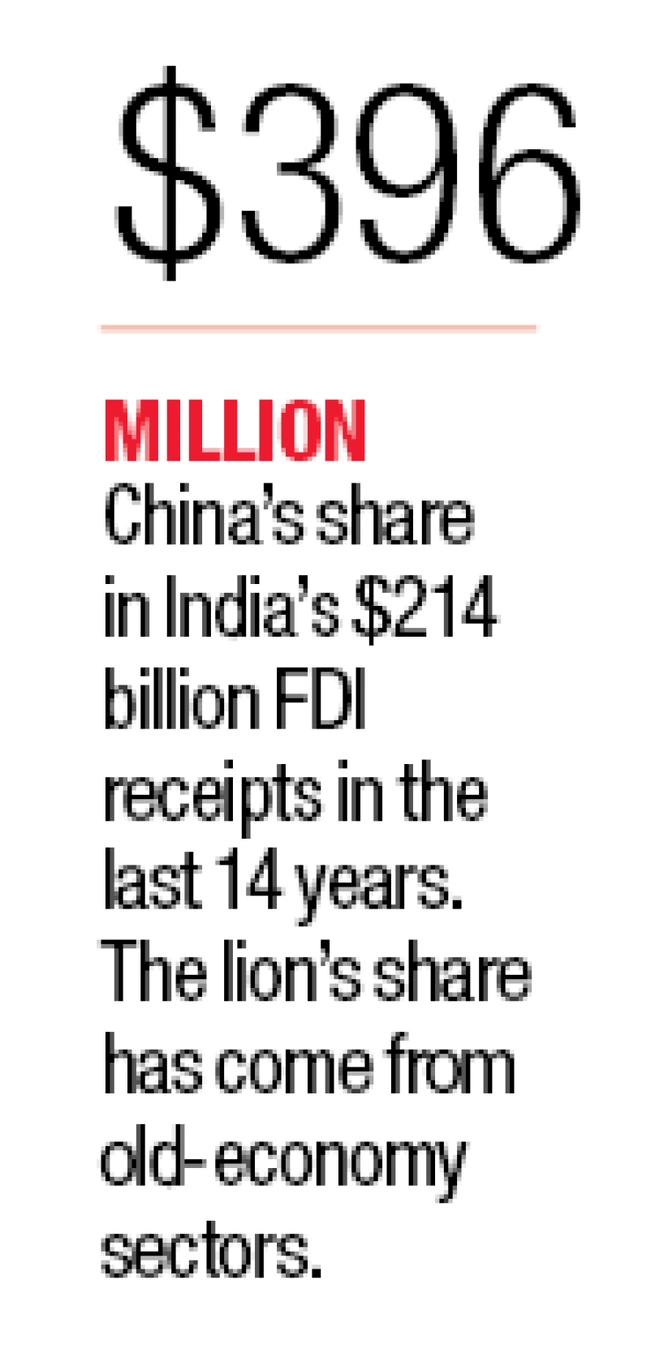
HISTORICALLY, THE CHINESE WAY IN INDIA has been a murky one, shaped by a handful of state-owned industrial behemoths with little love of brands: the antithesis of the intensely consumer-facing mobile business. (Lenovo, ranked 20 on the Fortune China 500, is a rare example of a successful Chinese consumer brand, but that is generally attributed to its 2005 acquisition of IBM’s PC business.) According to the Indian government, the biggest Chinese investors here are from old-economy sectors such as mining, energy, and heavy engineering (see graphic ‘Old Money’); my attempts to contact several of them went nowhere.
In terms of attention, two companies have had a disproportionate share: telecom equipment suppliers Huawei (private sector) and ZTE (state-owned but privately run; 71 on the Fortune China 500), which dominate large parts of the global market, including India. (They also sell mobile phones here, but that’s a side show.)
In 2012, a U.S. Congressional committee warned against the use of their products on suspicions of government-commissioned espionage, leading to extensive coverage of Huawei’s founder Ren Zhengfei, who once served in the People’s Liberation Army. ZTE has come under a cloud in several other markets, including the Philippines and parts of Africa. Earlier this year, Huawei allegedly hacked into India’s state-run operator BSNL’s network. It won’t respond to my questions, but a former telecom executive who has worked with these firms tells me on condition of anonymity that they survive “thanks to powerful friends in the telecom industry”.
In the absence of transparent communication, stories on these companies have droned on with the same stereotypes: a culture that is soullessly transactional, with a deep lack of trust between the all-powerful headquarters and Chinese expats running the show on the one hand, and local employees treated as operational cogs on the other. “There is a low trust quotient attached to most Chinese companies, not only in India but also in many Western countries,” says Anupama Rao, former Indian ambassador to China. Fortune India has also written about the shady image: “To Indians, accustomed to the British, European, and American ways of doing business, the Chinese way is often incomprehensible,” Mansi Kapur observed in ‘The Way They Work’ exactly two years ago.

It is this stubborn narrative that Vohra is up against. His effort is ballsy, not least because the Chinese government is known to tightly herd its trophy corporations to keep them from straying. Even e-commerce sensation Alibaba, which recently went public in New York with a $21.8 billion IPO—the largest in U.S. history—was reportedly put under the cosh to list in Hong Kong instead.
Insidious ownership is also common in China’s “private sector” (see graphic ‘The Great Wall’). On his part, Vohra says there’s no problem “if your business is doing well and you maintain transparent financial records”. “But none of this would have worked out without my friendship with William,” he adds.
That disclaimer makes it tempting to dismiss Gionee India as an aberration. As it happens, it is just one in a series of upstarts, all in the mobile and Internet space, which are making a bold push to make Chinese businesses “cool” in India. Take Oppo, another ODM, which brought its own smartphones here in January after launching them successfully in more than a dozen other markets. The company straightaway signed sponsorship deals with the blockbuster reality show Bigg Boss and the Champions League T20, and hired Bollywood A-listers Hrithik Roshan and Sonam Kapoor as brand ambassadors. Though it won’t reveal revenues, India CEO Tom Lu indicates the expectations by saying that the company already has 600 employees here.
Also read: Go hire that astronaut
Then there’s UC Web, a browser company acquired by Alibaba in June. When it came to India three years ago, it operated out of an apartment in Gurgaon, and local candidates put off by its obscurity abandoned it en masse during the recruitment process. Now, it is India’s top mobile browser with 37% market share, beating the popular Opera and Android browsers, per analytics site StatCounter.

There’s also WeChat, the world’s fastest-growing messaging service with 438 million active users (leader WhatsApp has 500 million) owned by Internet services company Tencent (93 on the Fortune China 500), which launched in India last year with ads featuring Bollywood stars. According to its PR partners, Nilay Arora, its India head, declined to speak to us because “WeChat considers itself international, not Chinese”.
THE BIGGEST DENT IN PERCEPTIONS came six months ago, when Beijing-based Xiaomi launched its smartphones in India. Founded as a software firm four years ago, Xiaomi didn’t sell its first phones until August 2011. Today, it is China’s No. 1 smartphone brand, and in October, briefly became the third-largest in the world, trailing only Samsung and Apple. In India, it expected to sell 10,000 phones a week, but has ended up selling 10 times as many—based completely on word of mouth and social-media evangelism by its devout fans. Its other scarcely believable feats include a 4.2-second sell-out (100,000 phones) on e-commerce site Flipkart, indicating mass hysteria of the kind no other tech company—let alone a Chinese one with an unpronounceable name—has ever triggered in India.

In October, Xiaomi got an early reality check as the cyber-security hoodoo caught up with it: The media dug up an Indian Air Force advisory that its servers back in China could be leaking sensitive user data. The company acknowledged the concerns while denying any wrongdoing, and announced that it would build local data centres tentatively by 2015. “These allegations are by no means our biggest headache,” says Manu Jain, the soft-spoken 33-year-old head of Xiaomi India, with a confidence that would be arrogant if it weren’t earnest. “For every naysayer, we have 10 fans defending us on Facebook. We’d rather concentrate on bringing our next model to them.”
Some like Amar Babu, managing director of Lenovo India, want more time before calling this an inflection point. “It takes years to build durable brands,” Babu says. “These companies have done something right, but it’s too early to comment on the future.”
University of Maryland professor and China expert Anil Gupta is more direct. He calls the “international” claims of Chinese companies “mostly hogwash”. “Even for companies such as Unilever or PepsiCo, it has taken a long time to become truly international, and they’re not yet there,” says Gupta. “In the case of Chinese firms, [government interference] will make things even harder.”
Also read: Manu Jain - Keep calm and tell your story
To others, the sudden burst of these companies suggests a neat formula. “It is no accident that they are mostly from the mobile space,” says Jayanth Kolla, founder and partner at Bangalore-based telecom consultancy Convergence Catalyst. “The Chinese are masters of the fast product development cycles associated with the business. It helps that this is the sector with the lowest entry barrier at the moment,” he adds, referring to India’s smartphone boom (it is the world’s third-largest smartphone market after China and the U.S.), fuelled by a customer base that is no longer loyal to the same old brands. The preponderance of the Android operating system has further levelled the playing field.
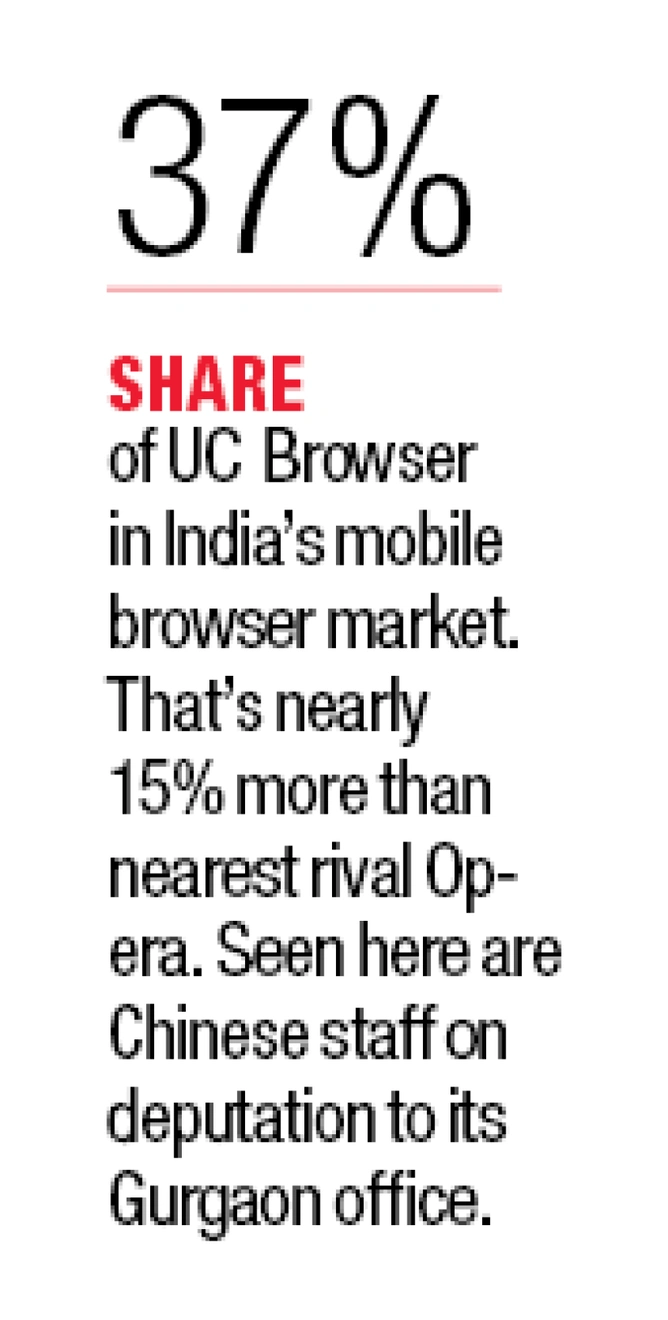
Vineet Durani, director at the Windows phone group at Microsoft—which has hardware partnerships with Gionee, Lenovo, and ZTE—invokes the well-oiled, low-cost manufacturing ecosystem back in China. “ODMs in the Shenzhen area already account for some 40% of global production” with constantly improving quality standards, Durani points out, while echoing Babu’s reservations about the current hype.
Vohra says it simply: “If Indian companies [like Micromax] can have global ambitions using Chinese manufacturing, why can’t the Chinese themselves?” Except, as with most Chinese ambitions, this one’s not free of the spectre of geopolitical muscle-flexing. The rise of these companies has coincided with an unforeseen crackdown against Western multinationals in China: Since August 2013, the government has imposed corporate fines potentially adding up to almost $2 billion on a who’s who of Fortune 500 companies. This includes a $489 million levy against GlaxoSmithKline (GSK) on account of bribery—the harshest corporate fine ever in China (http://fortune.com/2014/10/08/cold-war-on-business-china/)—and potentially $1 billion against Qualcomm for alleged antitrust practices.
The Brookings Institution says the air for foreign businesses is thick with “fear and loathing”; The Telegraph (Britain) says the golden age of foreign companies is over; while a Forbes blogger simply describes China’s attitude as “mugging”.
“The Chinese government is playing a two-pronged game,” says Gupta. “One, they are making China less welcoming to Western companies. Two, as part of explicit national policy, they are supporting Chinese companies to go global and emerge as major players in as many industries as possible.”
Despite its diplomatic notoriety—which has been the dominant theme in its relationship with India too—China is known for its ability to keep aside dogma while doing business. India’s vast, hungry consuming class is lending a critical helping hand. Gupta says for many Chinese companies, especially in the technology sector, “India is emerging as mission-critical to realise their global ambitions,” because its bigger than any other market outside China. Vohra confirms that “a company’s performance in India is a fair indicator of its global potential”.
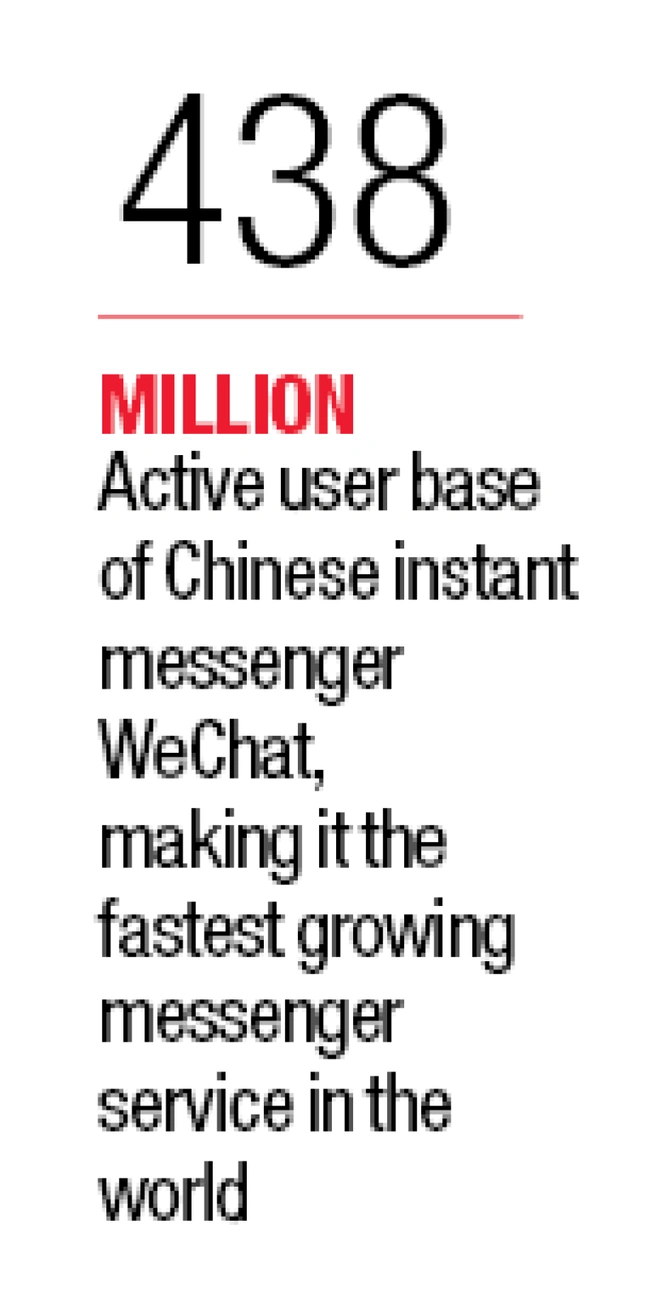
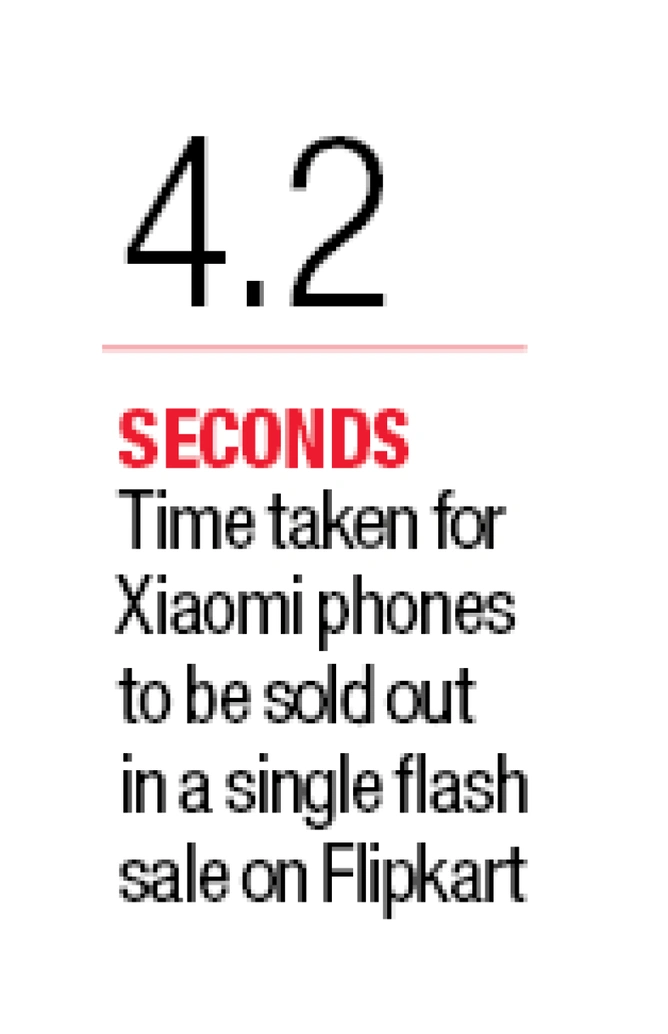
India’s newfound economic impetus after the formation of the BJP government in New Delhi also makes it a vital pitstop for Chinese businesses looking to make meaningful investments. The two economies have followed sharply contrasting trajectories in the recent past: While sentiment and growth forecasts have rebounded in India, China has experienced a prolonged slump. During President Xi Jinping’s recent visit to India, the buzz centred on China’s comedown from a promised $100 billion investment in India to only $20 billion. Working India’s high-profile mobile phone sector can mask some of that mood, and serve as a playbook for other Chinese businesses, which could use India not just a market but also as a tactical destination for their capital.
TO DEMISTIFY THE CHINESE GOVERNMENT'S BUSINESS STAKES, Gupta classifies Chinese firms into three categories. First, there are the small and medium-sized ones that are mostly left to their own means and often resort to corruption to get work done. Perhaps they really don’t matter that much. Then, there are the large private-sector companies, such as automakers Geely and BYD, which often need formal government help in exchange for supporting its policies. For instance, Geely used low-cost loans from state-owned banks to acquire Volvo Cars.
In the third category, Gupta puts “the very large and high-flying” private-sector tech companies—including Huawei, ZTE, Alibaba, Baidu (a search and social media giant), Tencent, Lenovo, and Xiaomi—which receive “massive policy help”. For instance, Huawei and ZTE “get large, low-cost loans, subsidised R&D assistance from government labs, and preference in purchases from state-owned mobile operators (all of them state-owned)”. Baidu has benefited from the government’s decision to throw out Google and ban Facebook and Twitter. “These companies know that they owe their success heavily to the government,” says Gupta. “Thus, they can be expected to follow government diktat if asked to.”
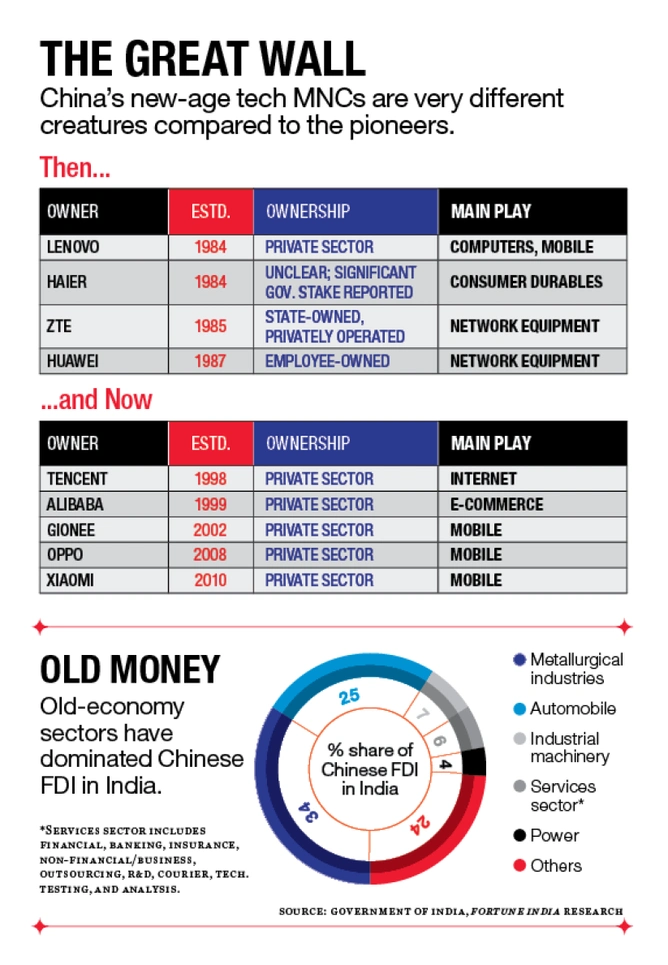
With their growing global visibility, this last set of companies is in fact central to Beijing’s nationalistic surge. Consider that Alibaba’s blockbuster IPO took place amid global frenzy on the same day GSK was handed the fine. (Soon after, Alibaba’s charismatic founder Jack Ma was in India, reportedly mulling a partnership with e-commerce marketplace Snapdeal to enter India. In fact both Indian e-commerce leaders—Snapdeal and Flipkart—have repeatedly cited Ma’s company as an inspiration.)
“[The IPO and the fine] are perfect examples to showcase the rise of China on both the economic and political fronts,” writes George Chen in the South China Morning Post. “Such a huge fine would have been unlikely 10 or 20 years ago when Beijing wasn’t economically or politically powerful enough to afford to get tough,” he adds. (Raveendra Chittoor, assistant professor of strategy at the Indian School of Business [ISB], Hyderabad, points out that China is not the only country to use such strong-arm tactics: “The U.S. humiliated Ranbaxy in much the same way.”)
Predictably, all the companies I spoke to deny any pressure to preserve the national character, or play a part in Beijing’s show of strength. However, things are hardly ever that black-and-white, if you believe the former telecom executive. “Until very recently, the Chinese government used to flaunt the international success of Huawei. But since it was thwarted in the prized U.S. market, the government’s affections have shifted to the new breed of consumer technology companies,” he tells me.
Trouble is, in the muddy waters of China’s state-controlled capitalism, it’s often impossible to sieve fact from fiction. In February, Huawei opened up its books to the Financial Times, but the shadow of the past has proved difficult to shake off.

TO BE FAIR, THERE'S MORE TO THE SUCCESS of these “high-flying” companies than government backing. “The country’s domestic firms are more sophisticated and competitive,” writes Ian Bremmer, president of political risk consultancy Eurasia Group (‘The New Cold War on Business’, Fortune.com). Gupta concedes that they have managed to cultivate strong leaders, giving them a “double-barrelled advantage”.
Often, a preference for leaders with international and entrepreneurial experience runs through them. Xiaomi, for instance, pivots on Hugo Barra, its Brazilian head of global businesses, formerly a Google star in charge of Android product management. Cofounder Bin Lin built Google China’s mobile search team, while founder, chairman, and CEO Jun Lei is a serial entrepreneur and angel investor.
In India, the accent is increasingly on empowering locals with startup chops. Xiaomi India head Jain was CEO of e-commerce startup Jabong. His crack team: Myshkin Ingawale (chief of staff), founder of life-sciences startup Biosense, and Alpesh Ashar (head of after-sales service), who earlier grew Lakme’s salon business. Gionee’s Vohra too ran a gig as an independent consultant.
Earlier, the absence of locals in the frontline added to prejudices. “The average Chinese still has very low awareness of India,” says ambassador Rao. “They see a dichotomy between the international success of some of India’s private sector companies and its slow infrastructure development, which they attribute to poor governance and democracy,” she adds.
The secretary of a Delhi-based trade and cultural advisory who didn’t want to be named says many Chinese companies still don’t see India as a long-term investment destination for those reasons. (China contributed a piddly $396.13 million to India’s $214.05 billion foreign direct investment receipts from Apr. 2000 to Feb. 2014, despite dominating the $65 billion bilateral trade relationship.) “Now, the allure of the Indian market has grown. The Chinese realise that they need to trust locals if they want a bigger share,” he says. Gionee’s Lu concurs that “the India business should be run by Indians”.

Michael Adnani, Flipkart’s vice president of retail and head of brand alliances, who was instrumental in bringing Xiaomi to India, has also noticed the increased trust. “Manu ran a one-man show when Xiaomi launched,” Adnani points out. (The team is now 50.) “These days, we solve a lot of problems locally, through relentless communication.” To my charge that the Chinese are transactional, Adnani says Xiaomi never placed any demands when the partnership was being worked out. “The talk was all about complementing each other’s strengths.”
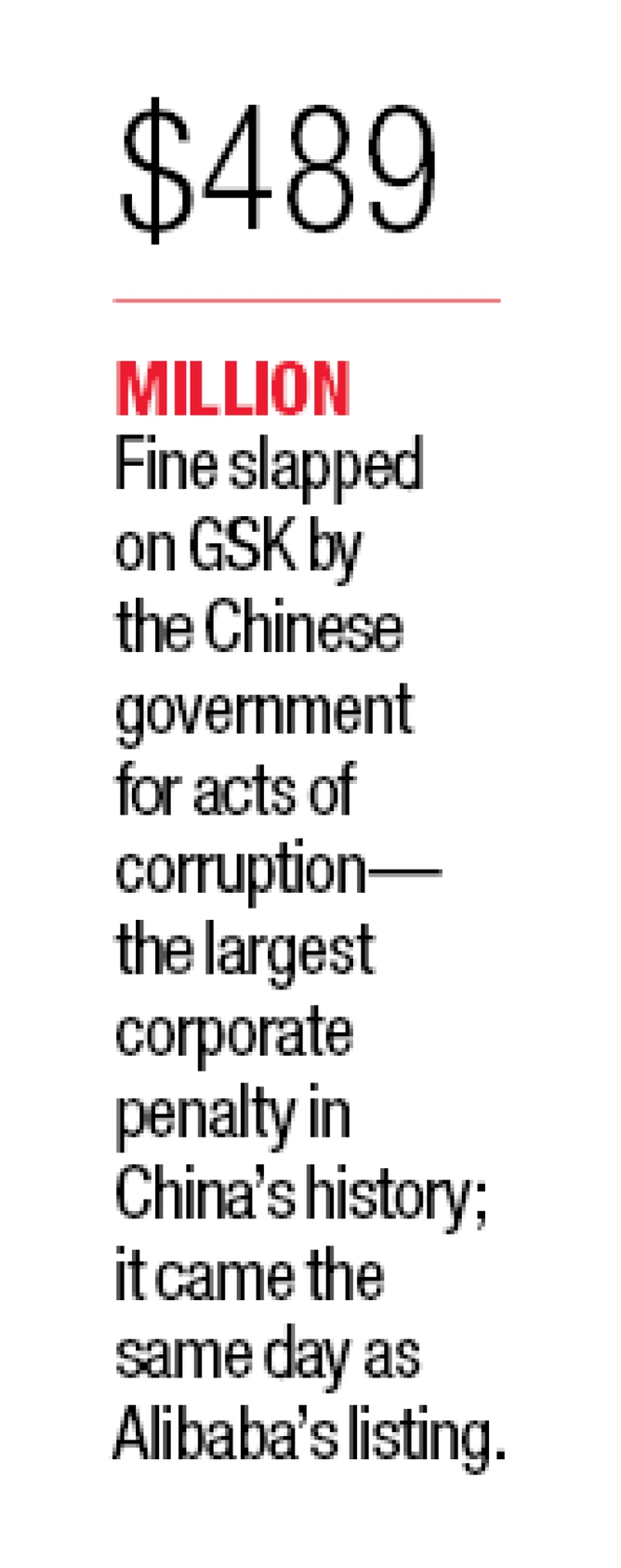
However, there’s still a strong feeling that Chinese companies are only interested in squeezing India, unlike Western companies like GE and Philips, which have used India as a source of reverse innovation for their global practices. “Chinese companies may not feel the need to learn anything from India, because China itself is the world’s biggest laboratory for emerging markets,” says Chittoor of ISB.
Vohra disagrees. “I am off to China to speak to our Chinese distributors about how business is done in India,” he says. “As the India business grows, so will our impact.”
Xiaomi’s Jain adds that the specific needs of India are increasingly at the centre of the company’s long-term thinking. “We now have customers from over 1,000 Indian cities, so our reach is well and truly local,” he says. “Our next plan is to identify mobile-services startups from across India to mentor and invest in. We are also thinking of building manufacturing and R&D setups in India.” Days before we went to press, Xiaomi launched its first made-for-India phone: a sub-Rs 10,000 4G device in partnership with Airtel; Apple’s iPhone 6 Plus, with which it claims to share several features, costs over six times more. (In another utterly un-Chinese gesture, Hugo Barra personally called journalists to attend the launch in Gurgaon.) Srini Gopalan, director of Airtel’s consumer business, calls it the first big step in making 4G a mass-market proposition, giving a fillip to the Internet ecosystem in India.

UC Browser has risen to the top on the back of similar localisation: Its interface is loaded with widgets of popular Indian portals, making it stickier than rival standard-issue browsers. More important, its data compression technology is tailored to offset the slow Net speeds in much of India.
AT BENGALURU'S POPULAR TECHSPARKS entrepreneurship summit a couple of months ago, Jain was invited to share his Xiaomi experience, following speakers like Nandan Nilekani (former CEO, Infosys), Ravi Venkatesan (former chairman, Microsoft India), and Bikram Bedi (head, India region, Amazon Web Services). Jain got the reception of a rockstar, until a young ethical hacker from Pune asked him about “the server problem”. “How do you plan to get back the trust?” the lad sternly demanded, even as Jain tried calmly explaining how nothing Xiaomi does violates standard industry practice.
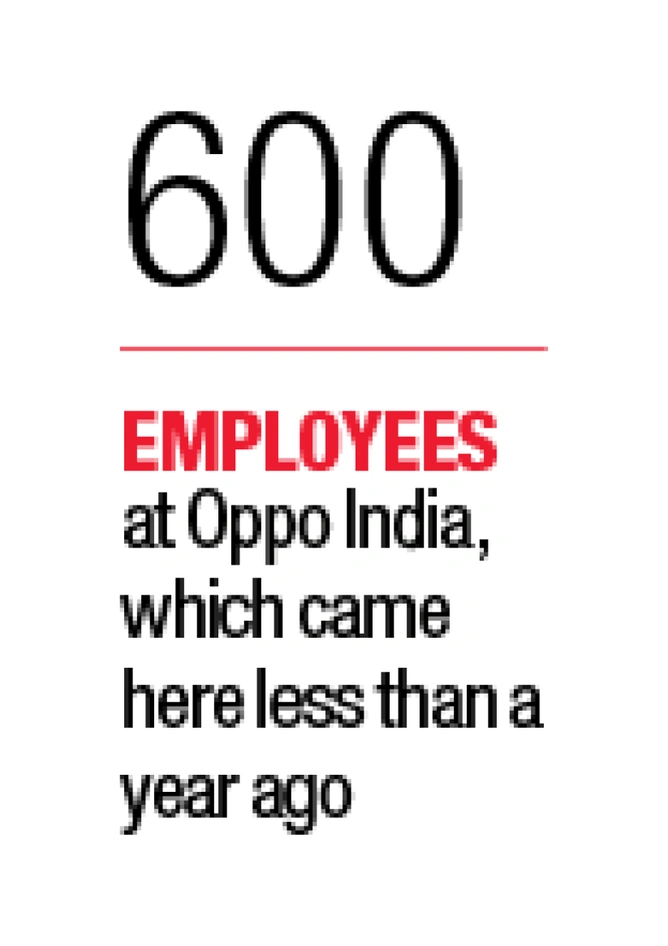
“The cyber world is a nasty, brutish one,” ambassador Rao reminds me. “Every equipment supplier or developer has the ability to access networks, and a scenario where such a company gives in to pressure from its government to use cyber warfare techniques ... cannot be ruled out.” Rao adds that “everybody spies on everybody” is a reality in international affairs. “The Chinese have acquired a reputation in this game.”
That sums up the somewhat unfair burden on Jain’s ilk: For the first time in decades, the sniggering attitude towards Chinese companies seems to be changing. But given China’s “reputation”, and a government intent on using business for political leverage, the process might be a plod rather than a canter.
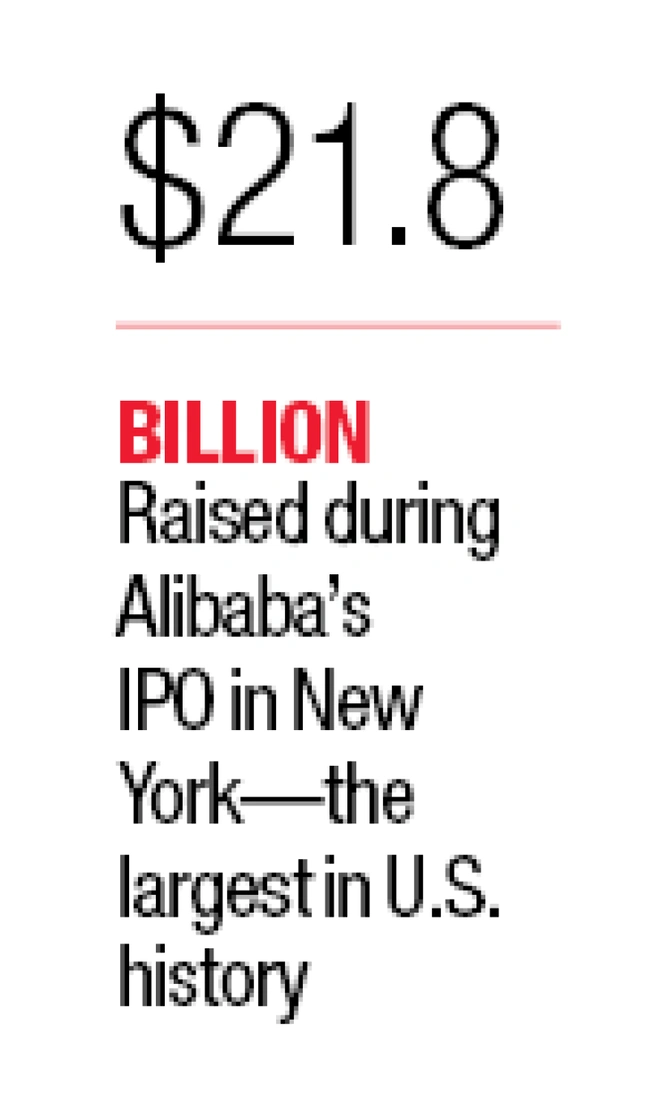
Expensive marketing or virality on social media can deliver an instant spike in sales or market share, but to overcome the mental blocks in India, these companies will have to dig deep. “As they mature, they will realise that the typically Chinese approach of throwing money at a problem doesn’t work,” says Chittoor of ISB. “Earning legitimacy is a key test for truly global firms.”
Vohra is pragmatic: Don’t crib about things that are not in your control. “As a businessman, you can correct biases about your product, but not the political situation.” Friend Lu is more cheerful: “We have the right people, good culture, good business model, a great product and brand. God will acknowledge our effort and bring us good luck!”










Leave a Comment
Your email address will not be published. Required field are marked*